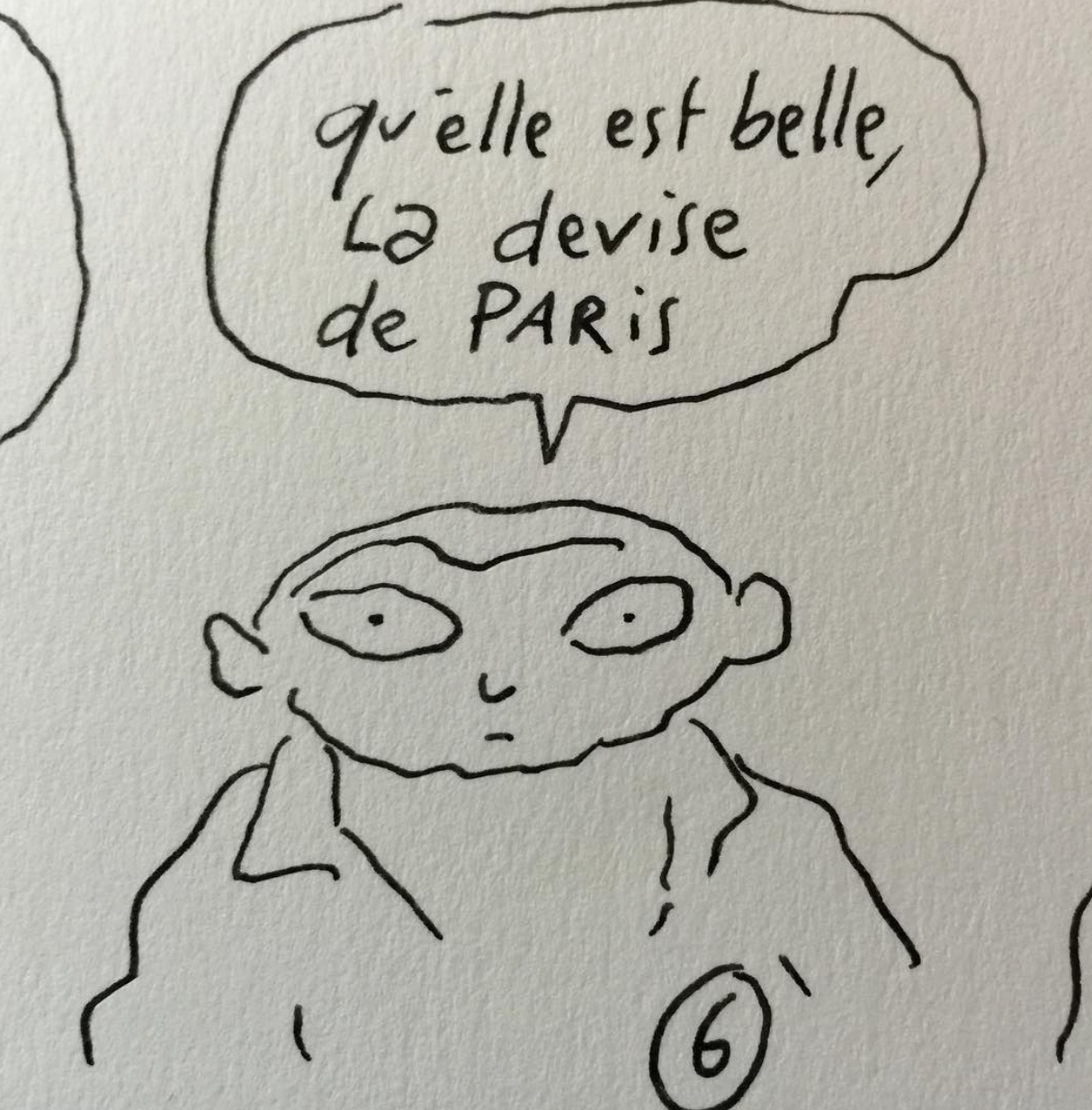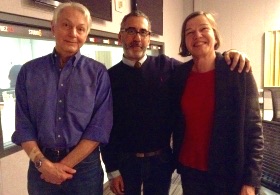Mondays with Mike: Southern Nights
November 23, 2015 • 2 Comments • Posted in Mike Knezovich, Mondays with MikeIt’s been a blur of a week so today’s post, forgive me, will be short and may be a little splintered.
- I spent most of last week in Washington, D.C., starting with a gargantuan conference and trade show called Greenbuild. The organization I work for —PHIUS—exhibited there, and my colleagues and I staffed the booth. My feet still hurt and my voice is recovering. But it was a good show for us, and I’m especially proud that PHIUS Executive Director Katrin Klingenberg won a Women in Sustainability Leadership award from Green Building & Design magazine. She had some pretty good company, and she belonged.
- Managed to squeeze in a visit to our friends Pick and Hank in Northern Virginia at the end of the week. Beth was supposed to join us, but the snow in Chicago grounded her flight and she didn’t make it for the night. But I still had a swell time.
- Of course, the ISIS story is ongoing and I continue, like pretty much everyone, to follow it. And to look for context and a better understanding. Found lots of good stuff, including this one in the Independent. The article isn’t exactly calming, but is informative in terms of the history of the region, and the history of the borders. Those borders were drawn not by the residents of the region, but by Western powers after World War I. Worth the time.
Finally, something that sort of got lost in the aftermath of the Paris attacks was the death of Allen Toussaint, a one-of-a-kind songwriter and musician. His catalog includes everything from Working in a Coal Mine to What do You Want the Girl (or Boy, when Bonnie Raitt sings it) to Do to Fortune Teller to Southern Nights (yeah, that pop song Glen Campbell sang). Beth and I were fortunate to see Toussaint perform a slew of his songs at the Old Town School of Folk Music a few years back—just a wonderful performance, and he told some lovely stories between numbers.
One of them was about the aforementioned Southern Nights. About why he wrote it, what it reminded him of. And then he performed it—no offense to Glen Campbell, but it’s a completely different song when Toussaint performs it.
He told that same story during an interview with Jim DeRogatis and Greg Kot on their Sound Opinions radio show last year. If you want a treat, download the interview here. You’ll be forced to listen to a public radio supported by message when the program first downloads—but it’s brief. Once it ends, if you want to skip straight to the story about Southern Nights, go to the 47:30 mark and keep listening. It’s a compelling tale of how his childhood memories inspired the song. Followed by a beautiful performance.
If you can find the time, though, listen to the full interview. A whole lot of joy and beauty and essence of New Orleans float in Allen Toussaint’s voice and his music.
Having been able to see him perform live is one of the myriad wonderful things I’ll be thanking my lucky stars for this Thursday.
Have a great Thanksgiving, y’all.




